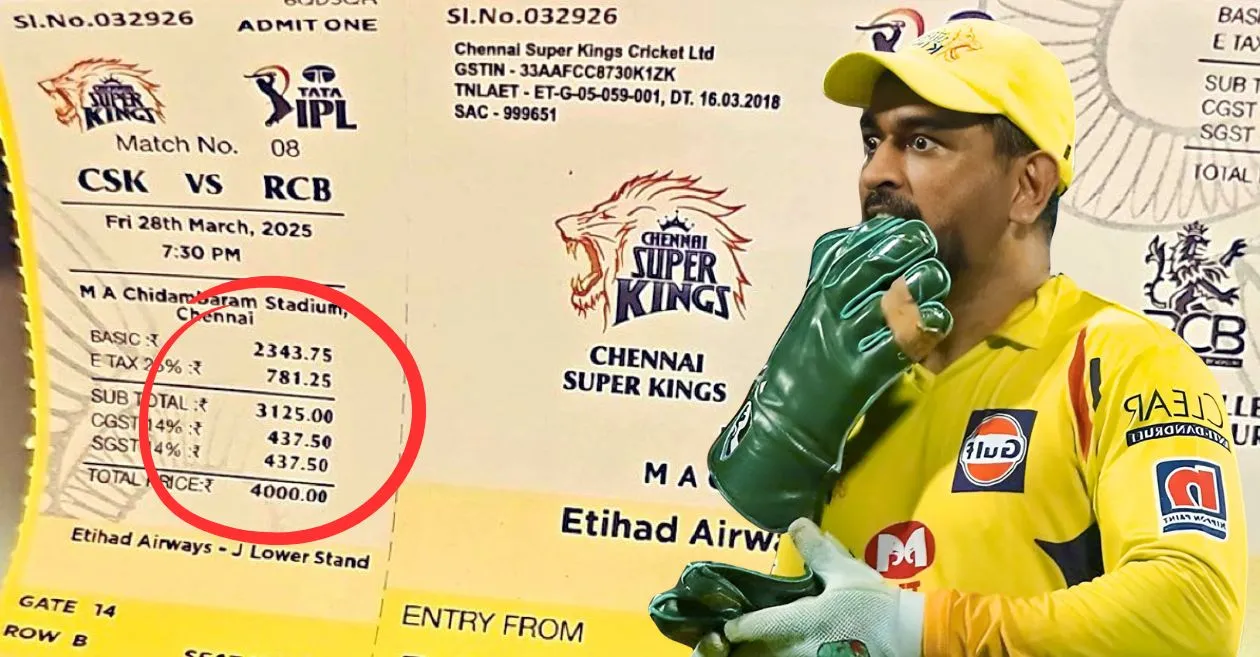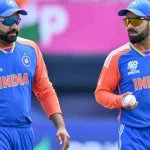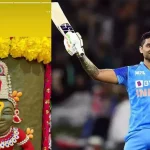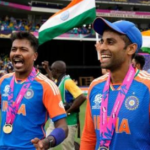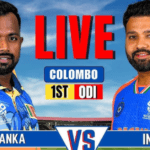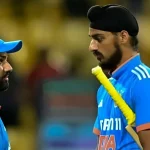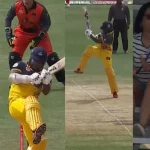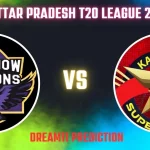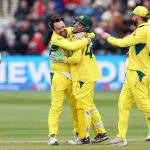The Indian Premier League (IPL) is much more than a cricket tournament; it is a cultural phenomenon that captivates millions of fans every year. From thrilling last-over finishes to breathtaking sixes, the tournament delivers high-octane entertainment. However, while spectators focus on the on-field action, most remain unaware of the complex taxation structure that significantly inflates ticket prices.
When you buy an IPL ticket for ₹4,000, you might assume you’re simply paying for your seat at the stadium. But in reality, a significant chunk of that amount goes toward taxes. From entertainment tax to GST, the system layers multiple charges, leading to what experts call “tax-on-tax.” This article breaks down the true cost of an IPL ticket, examines the cascading taxation effect, and compares it with global ticketing practices.
The True Cost of an IPL Ticket: What Are You Really Paying For?
While a ticket may be advertised as ₹4,000, the actual cost of watching an IPL match is considerably lower before taxes. The ticket’s base price is ₹2,343.75, but the final amount balloons due to the addition of entertainment tax and Goods and Services Tax (GST). Here’s how the pricing structure works:
-
Base Ticket Price: ₹2,343.75
-
Entertainment Tax (25% of Base Price): ₹781.25
-
Subtotal (Base Price + Entertainment Tax): ₹3,125.00
-
GST (28% on Subtotal): ₹875
-
Central GST (CGST) at 14%: ₹437.50
-
State GST (SGST) at 14%: ₹437.50
-
-
Final Ticket Price: ₹4,000
This breakdown highlights how the ticket price is inflated due to multiple taxation layers. A person buying an IPL ticket isn’t just paying for the match experience but is also unknowingly contributing to a taxation system that increases the final cost by nearly 71% over the base price.
The Hidden Taxation Trap: The Cascading Effect
At first glance, a 25% entertainment tax and a 28% GST may seem straightforward, but the way they are applied creates a cascading effect. Instead of levying GST on the base price, it is calculated on a subtotal that already includes entertainment tax. This leads to “tax on tax,” significantly increasing the final amount paid by consumers.
If GST were applied directly on the base price, the final ticket price would have been lower. However, by first adding entertainment tax and then applying GST, the effective entertainment tax rate rises from 25% to 33.33% of the base value, making tickets unnecessarily expensive.
For example, if entertainment tax were removed and GST were applied only on the base price (₹2,343.75), the final ticket price would have been ₹3,000 instead of ₹4,000—a staggering ₹1,000 difference.
How India’s Ticket Pricing Compares Globally
India’s tax-heavy approach to entertainment ticketing makes IPL tickets significantly more expensive compared to similar sporting events worldwide. Let’s compare IPL ticket taxes with other countries:
| Country | Tax Structure | Final Ticket Price Impact |
|---|---|---|
| India | 25% Entertainment Tax + 28% GST | High cost due to cascading taxation |
| United Kingdom | 20% VAT (flat rate) | Simple, no cascading effect |
| United States | No GST; occasional amusement tax | More affordable tickets |
| Australia | 10% GST | No entertainment tax; lower costs |
While most countries follow a simpler tax system with a single flat rate, India stacks multiple taxes in a manner that inflates the ticket price significantly. This layered approach makes IPL tickets among the most expensive in the world, despite India having one of the largest cricket audiences.
Why Are IPL Tickets So Expensive?
While taxation plays a major role in inflating IPL ticket prices, other factors also contribute to the rising cost of watching matches live.
1. Dynamic Pricing Strategy
Franchises use surge pricing, similar to ride-hailing services, adjusting ticket rates based on demand. Matches featuring superstars like MS Dhoni, Virat Kohli, and Rohit Sharma often see significantly higher ticket prices compared to less hyped games.
For example, a match between Chennai Super Kings (CSK) and Mumbai Indians (MI) may have base ticket prices starting from ₹3,500–₹5,000, while a game featuring newer teams like Gujarat Titans (GT) and Lucknow Super Giants (LSG) may start at ₹1,500–₹2,000.
2. Infrastructure and Maintenance Costs
IPL teams justify higher ticket prices by citing stadium maintenance, technology upgrades, and hospitality improvements. Hosting an IPL match at venues like Wankhede Stadium (Mumbai) or Eden Gardens (Kolkata) requires significant investment in crowd management, security, and facilities.
3. Limited Revenue from Ticket Sales
Despite high ticket prices, gate collections are not the primary revenue source for IPL franchises. Most of the money comes from broadcasting deals, sponsorships, and merchandising. Ticket sales account for less than 10% of a team’s overall revenue, but franchises still maximize earnings through premium seating, corporate boxes, and exclusive hospitality packages.
Should IPL Ticket Taxation Be Simplified?
The cascading taxation problem is not exclusive to IPL matches. Other entertainment events, such as concerts, stand-up comedy shows, and theater performances, also face similar challenges. While GST was introduced in India with the promise of a “one nation, one tax” system, the inclusion of separate entertainment taxes contradicts this principle.
Potential Solutions:
-
Remove the cascading effect by calculating GST only on the base price, not on the entertainment tax-inclusive subtotal.
-
Lower the GST slab for IPL tickets from 28% to 18% (as is the case with some other services).
-
Standardize taxation nationwide to prevent state-level variations in entertainment tax rates.
If these measures were implemented, IPL ticket prices could be reduced significantly, making live cricket more affordable for fans.
Final Thoughts: The Real Cost of Watching IPL Live
A ₹4,000 IPL ticket is more than just an entry pass—it is a lesson in India’s complex taxation system. Fans unknowingly contribute to a stacked tax regime that inflates costs beyond reasonable limits. While franchises benefit from dynamic pricing and revenue maximization, spectators bear the brunt of entertainment tax, GST, and surge pricing strategies.
As the demand for IPL tickets continues to rise, it is crucial to address these taxation challenges and explore ways to make live cricket more affordable and accessible. Until then, watching IPL in a stadium remains a luxury experience, reserved for those willing to pay the price—not just for the game, but for India’s taxation complexities.
Please check for information on the best betting sites in India – https://selectory.org/best-betting-sites/
